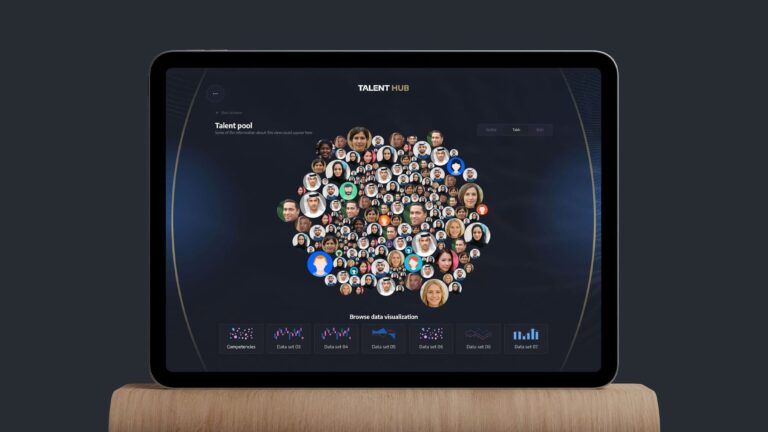Startups thrive on speed. You have an idea, you validate it, you build. But in the race to launch, many founders overlook one key element → design.
Not just how the product ‘looks’ but how it ‘works’ and ‘feels’.
I’ve seen this happen time and time again. A startup builds an MVP, focuses on features, and launches. But soon, users start dropping off. Support tickets pile up. Investors ask tough questions.
Why? Because design wasn’t part of the foundation.
The real cost of bad (or no) design
Skipping design in the early stages might seem like a way to save money. But here’s what it really leads to:
🔴 Confused users
If people struggle to use your product, they won’t stick around.
🔴 Low conversion rates
Even the best marketing can’t fix a frustrating experience.
🔴 Rebuilds that cost 10x more
I’ve worked with companies that had to redo their entire product because usability issues weren’t caught early.
Startups that wait too long to invest in design often spend months (and thousands of dollars) fixing mistakes that could have been avoided.
What successful startups do differently
The best founders treat design as a business decision, not just a creative one.
1. They focus on UX from day one
Before writing a single line of code, they map out user flows and remove friction points. Every click, every screen, every interaction is intentional.
2. They validate early with real users
Instead of assuming, they test. Rapid feedback loops help refine their product before costly development begins.
3. They design with scalability in mind
Good design isn’t just about now, it ensures your product can grow without breaking. Having built and refined design systems for startups, I know how critical this is when your team expands.

What happens when you get design right?
When startups invest in design early, everything changes:
✅ Users “get it” instantly
No need for long tutorials or customer support hand-holding.
✅ More signups, more engagement
When a product feels intuitive, people use it more.
✅ Less rework, more momentum
Strong foundations prevent costly design debt later.
I’ve worked with startups that saw their activation rates double just by improving their onboarding flow. Simple, smart design choices made all the difference.
You can browse some of my projects on my portfolio website: www.farhanrao.com
Is your startup making this mistake?
Here’s a quick test:
- Do users struggle to complete key actions in your product?
- Are you relying on support or documentation to “explain” your UI?
- Have you been pushing design improvements to “later”?
If yes, it might be time to take a step back. A few well-thought-out changes can save you months of frustration down the road.
I’ve helped early-stage startups refine their product experience without slowing down development. Sometimes, even small adjustments can make a huge impact.
How is your startup approaching design? Would love to hear your thoughts.








